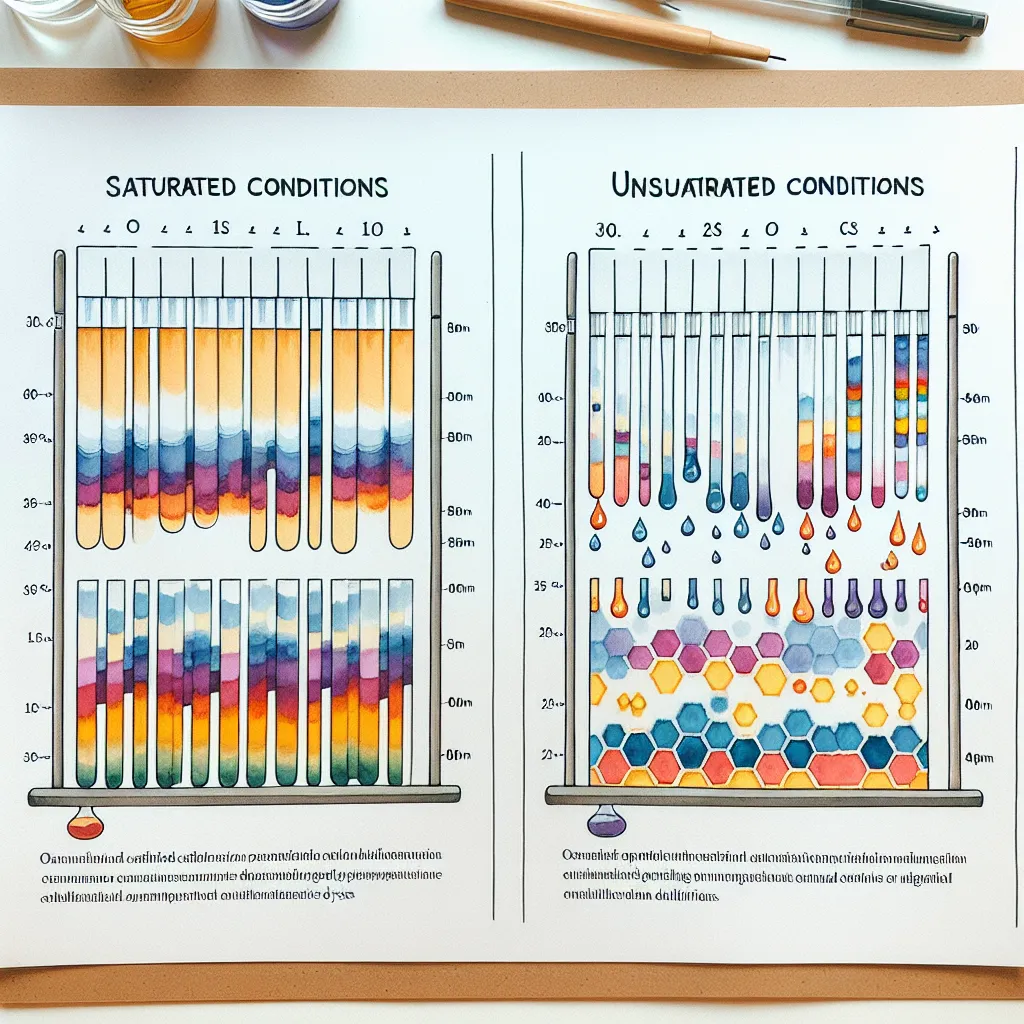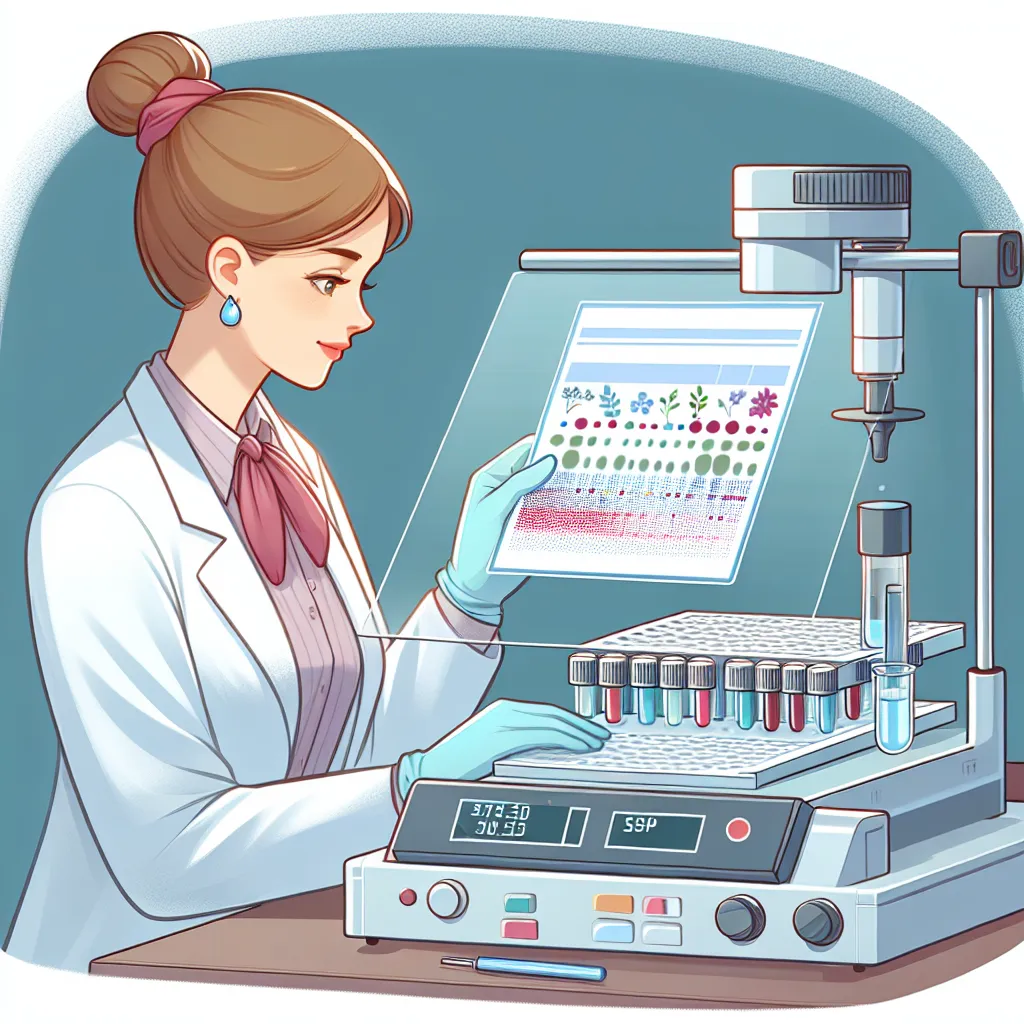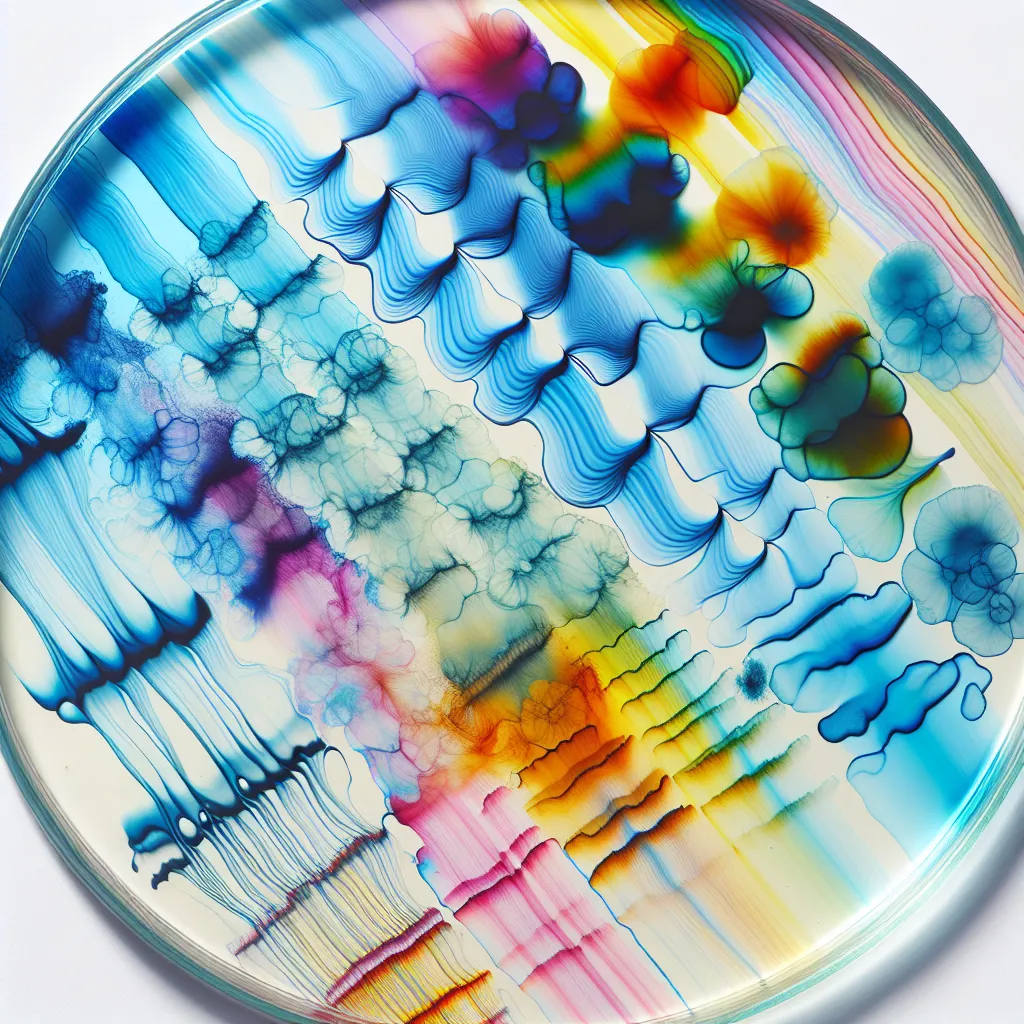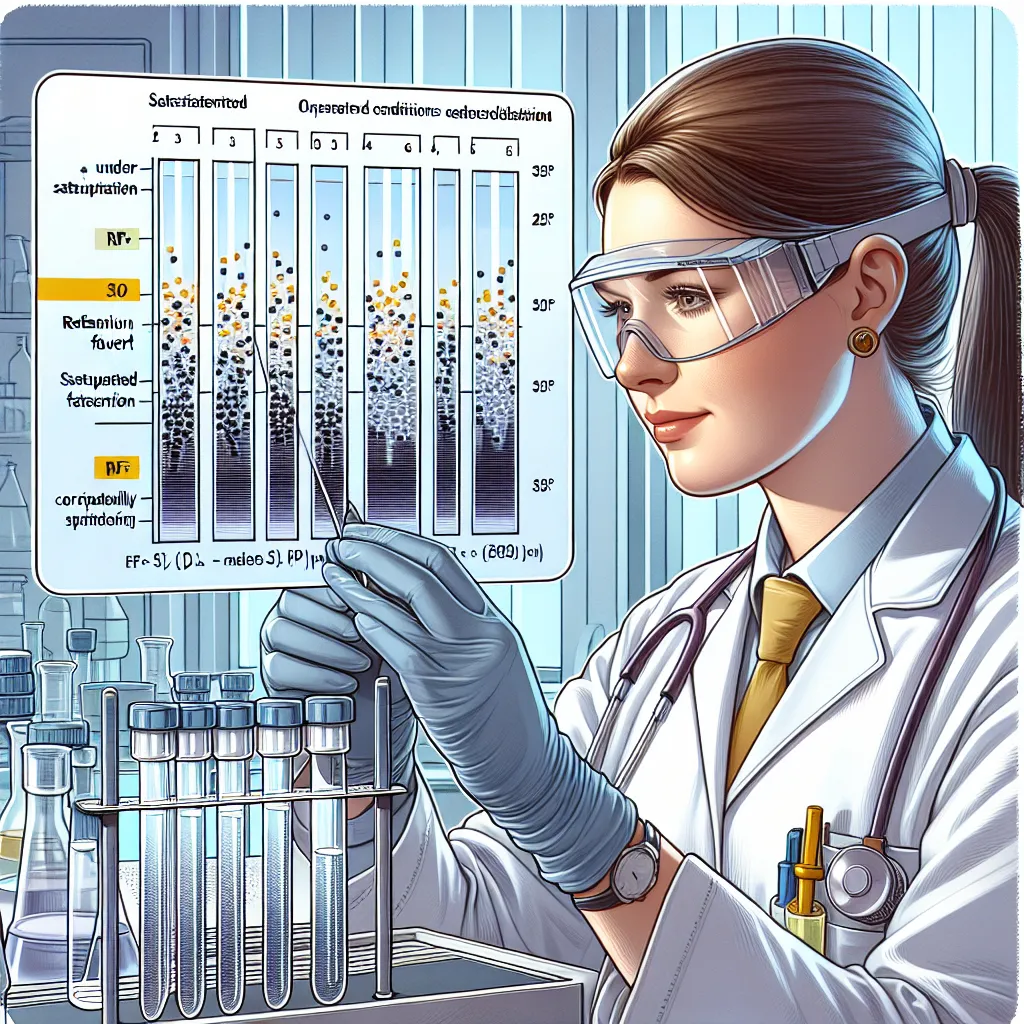Ask AI on The Internet
Question: c) Discuss how you might fully quantify the determination of the components in the mixture. Assume that you have tunable, variable wavelength UV/visible detector available on a TLC scanner. (Details of instrumentation not required.)
To fully quantify the components in a mixture using a tunable, variable-wavelength UV/Visible detector on a TLC (Thin-Layer Chromatography) scanner, follow these steps: ### Preparation and Calibration 1. **Selection of Wavelengths:** - Identify the specific wavelengths at which each component of the mixture absorbs maximally. This can be determined by performing a preliminary scan of each pure component to obtain their absorption spectra. 2. **Preparation of Standard Solutions:** - Prepare a series of standard solutions with known concentrations for each component. Apply these standards onto the TLC plate to establish a calibration curve for each component. 3. **Application on TLC Plates:** - Spot the mixture and the standard solutions onto the TLC plate. Ensure to apply a consistent volume and concentration for accurate comparison. ### Development of TLC Plates 4. **Development of Chromatogram:** - Develop the TLC plate in an appropriate solvent system to separate the components. Ensure that the separation is effective enough to distinguish each compound. ### Detection and Quantification 5. **Scanning the Plates:** - Once the chromatogram is developed and dried, use the UV/Visible detector on the TLC scanner to scan the plate. Adjust the scanner to the specific absorption wavelengths determined earlier. 6. **Recording Chromatograms:** - Record the chromatograms at the specific wavelengths for each component. Ensure to detect and log the retention factor (Rf) values to confirm the identity of the spots corresponding to each compound. ### Data Analysis 7. **Integration of Peak Areas:** - Integrate the peak areas corresponding to each spot (component) on the TLC plate. This will provide quantitative data for the amount of each component present in the mixture. 8. **Calibration Curve Application:** - Use the calibration curves from the standard solutions to convert the peak area of each component in the mixture to a concentration. Interpolate the areas on the calibration curves to find out the concentration of each component in the mixture. ### Confirm Results 9. **Verification:** - Repeat the spotting, development, and scanning process to ensure the reproducibility of the results. Multiple trials can help in confirming the accuracy of the quantification. ### Documentation 10. **Reporting:** - Document all findings, including the wavelengths used, calibration curves, Rf values, chromatographic conditions (solvent system, development time, etc.), and final concentrations. ### Troubleshooting and Optimization - **Optimization:** - If the separation is not sufficient, adjust the solvent system and rerun the TLC until a satisfactory separation is achieved. - **Troubleshooting:** - Check for and minimize any potential sources of error, such as sample application inconsistencies, incomplete separation, overlapping peaks, or detector misalignments. By following these steps, you ensure a systematic approach to fully quantifying the components in a mixture using a UV/Visible detector on a TLC scanner, providing accurate and reproducible results.
Think your answer is better than the AI's? Post it below.
Other Most Relevant Posts:
 Ask AI: Discuss the separation of organic dyes under two different set of conditions: Saturated and unsaturated using THIN LAYER CHROMATOGRAPHY
Ask AI: Discuss the separation of organic dyes under two different set of conditions: Saturated and unsaturated using THIN LAYER CHROMATOGRAPHY
Question Tags
If you want your question answered by an AI, click here.






Post your own comment: